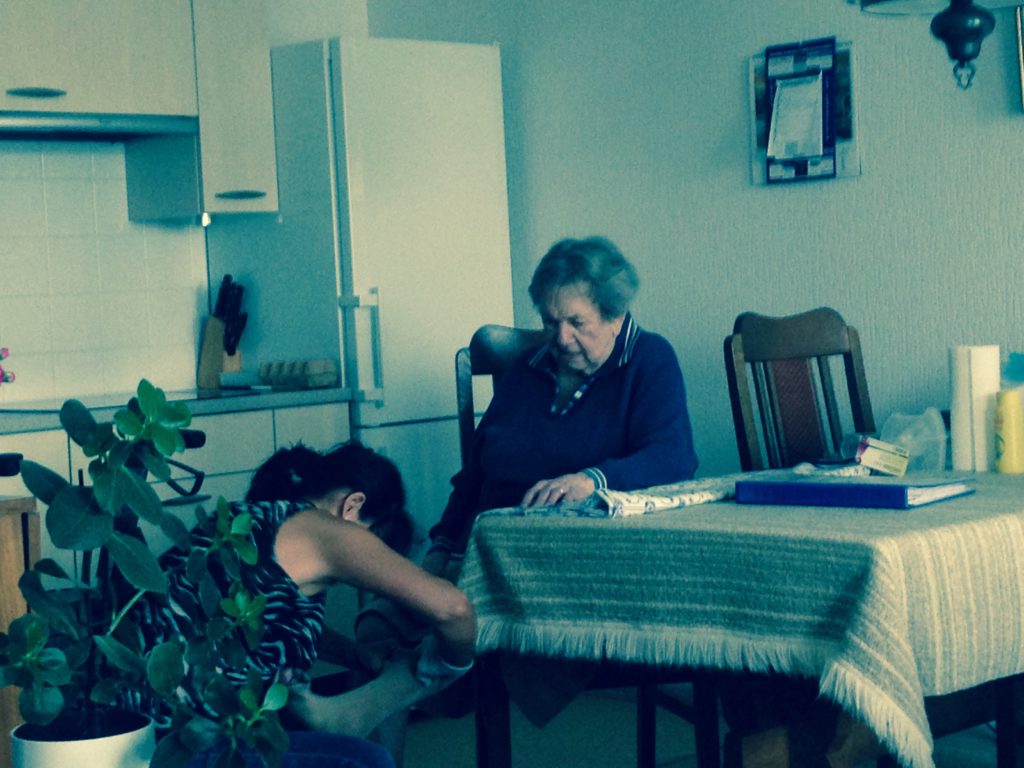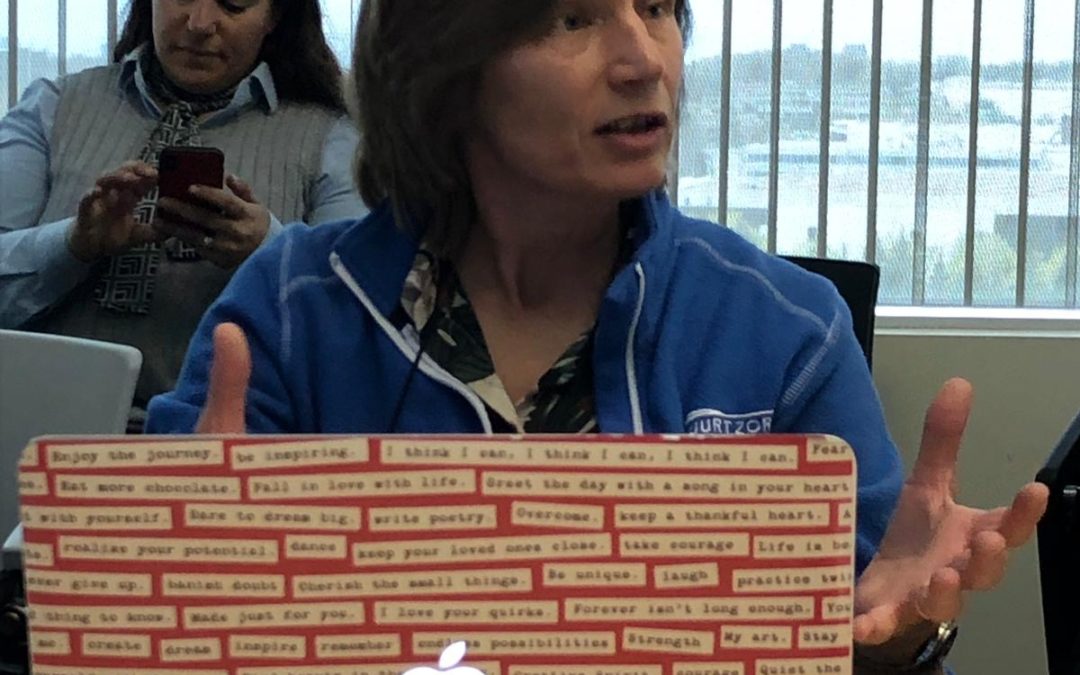Neighbourhood care, what’s in the name? Do you know if there is any neighbourhood care where you live? And who is providing for whom? In Buurtzorg the name neighbourhood is included in the brand name of the organisation, meant to describe the radius of the work field. One team per neighbourhood. Caring in a neighbourhood is also referring to an intimate relationship between people in their surroundings.
But the big question is do we know our neighbours? Society has always changed and young people are still moving to places where jobs are calling, now even world-wide. Seniors in a neighbourhood sometimes haven’t travelled any further then their own town. A totally different perspective of living.
Buurtzorg delivers care at home considering a holistic client view in relation with his or her neighbourhood. Sometimes family members are nearby, sometimes the neighbours are even closer. Caring for a client is more than washing and cleaning and I want to focus on a dimension of neighbourhood care where nurses can be challenged.
I would state that neighbourhood care needs attention for prevention in three different areas: the capacity of learning, mobility and safety.
Elderly people often don’t know the concept of prevention. Prevention of becoming old? Many say sighing “it is easy to become old, but difficult to be old”. That is true, however even when you are getting older there is much to learn. How to find fruitfulness? How to enjoy life with all the physical and sometimes mental constrictions? How to survive another week without seeing anybody. We sometimes leave a nurse student with an elderly to experience an afternoon on the couch. A boring but meaningful experience.
The second important aspect of prevention is mobility. As soon as elderly are not mobile anymore, degeneration follows quickly. Physiotherapy is the first thought that comes to mind, but if you practice once a week, I am sure no effect will be granted. We should be more focussed on daily walking. The stroller walk is one of the prevention tools Buurtzorg has started and has put many elderly back on their feet.
 The third focus point is safety in and around the house. When mental issues like forgetfulness become a part of life, safety involving for example cooking on gas is needless to say a reason for intervention. However, eating out-of-date food or no food at all is just as concerning. Safety has something to do with stubbornness as well. No lights on because it saves money and they know their way around their own house, of course. But risks for falling are, due to many reasons, higher for elderly people. And once they break a hip, prevention is too late.
The third focus point is safety in and around the house. When mental issues like forgetfulness become a part of life, safety involving for example cooking on gas is needless to say a reason for intervention. However, eating out-of-date food or no food at all is just as concerning. Safety has something to do with stubbornness as well. No lights on because it saves money and they know their way around their own house, of course. But risks for falling are, due to many reasons, higher for elderly people. And once they break a hip, prevention is too late.
In the prevention toolkit of the neighbourhood care nurse there should be tools like: gaining trust and time to build up a relationship. Then we can explore the past, the why’s and what if’s, and we can figure out who is involved in the client’s network.
Secondly, what’s necessary is knowledge about community centres and how we can be involved. Nurses can think of new activities fitting for the situation. For example, start up the weekly exercise morning with lunch or a monthly meeting about an interesting health related topic followed by a dinner.
The third tool is important, often overseen, but it will make a difference for the future. We have to connect with, inform and involve the children of the elderly in their parents or their neighbours care system. Everybody is busy and working, but we have to explain what elderly people need and why. There is so much loneliness, so much unawareness of technical tools to make living safer and there is so much to learn from each other. A neighbour with an interesting life, just sitting on a couch. Let’s invite them over, go for a walk, start up a walker run, go to a silent disco and ask how you can care. If we don’t ask, the elderly don’t want to bother us, we are already too busy.
Mathil Sanders
Community care nurse
Buurtzorg Geldrop 2

